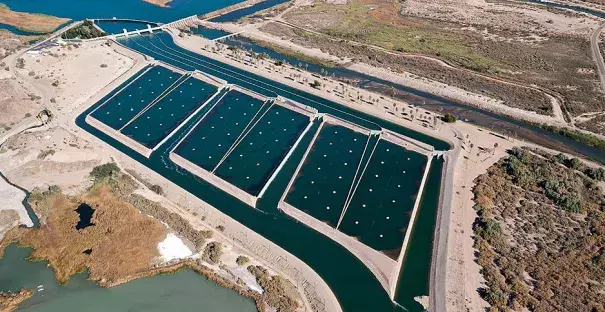Drought deal trips over Calif. water district demands

A California water district and a looming environmental disaster have impounded drought contingency negotiations on the Colorado River.
The Imperial Irrigation District, or IID, is California's biggest user of Colorado River water, servicing nearly 500,000 acres of farmland in the southeast corner of the state.
It is now refusing to sign on to a basinwide drought contingency plan unless more federal money is provided to address the Salton Sea, a shrinking lake that is exposing a toxic-dust-emitting lake bed.
At a board of directors meeting yesterday, IID declared a standoff with Bureau of Reclamation Commissioner Brenda Burman.
Director James Hanks said Burman was acting as an "unelected absolute river ruler" and questioned her authority.
If the drought contingency plan, or DCP, talks stall, he went on: "Let's be clear about what it would become: the Burman DCP shutdown."
The board was responding to Burman's decision last week to seize control of the drought plans after the states failed to meet her Jan. 31 deadline to agree on the DCP.
Leading up to the deadline, five of the seven basin states — Colorado, Nevada, New Mexico, Utah and Wyoming — reached agreements.
All eyes were on Arizona, which appeared to face the biggest challenges, including needing the approval of its state Legislature. But as Arizona rushed to pass legislation, attention shifted to California and IID (Greenwire, Feb. 1).
IID is an important player in the river negotiations, based on sheer volume. It delivers up to 2.6 million acre-feet per year of Colorado River water — and has the rights to about 500,000 acre-feet more. An acre-foot is about 326,000 gallons, or as much as a Los Angeles family uses in a year. California's entire allocation of Colorado River water is 4.4 million acre-feet.
A shortage would be declared on the Colorado River if the elevation of Lake Mead in Nevada and Arizona falls below 1,075 feet. Forecasters say there is a 50-50 chance of that happening this year, which would mean cutbacks would begin in 2020. The bleak outlook and historic drought conditions were the motivation behind Burman's deadline.


